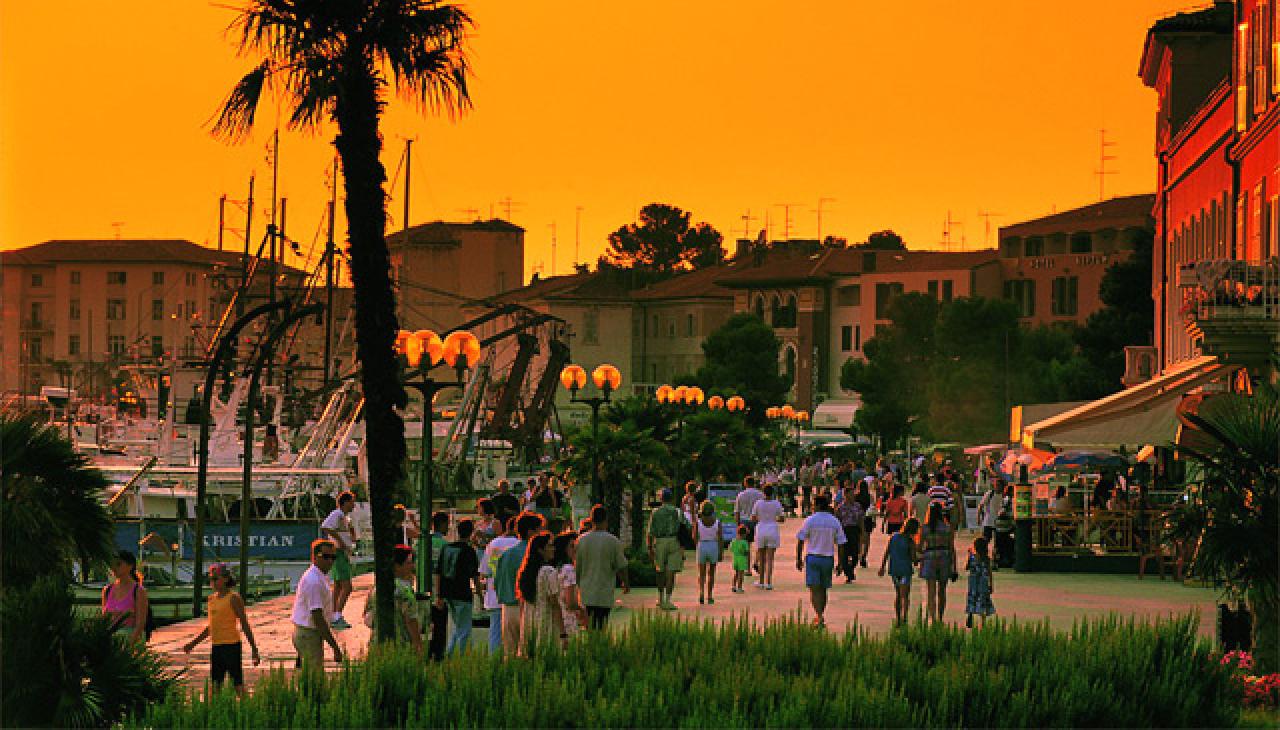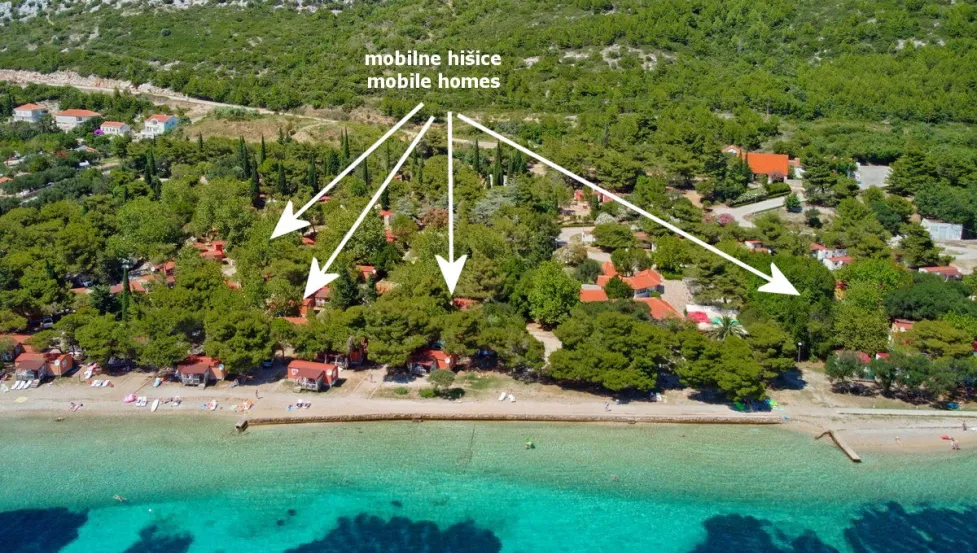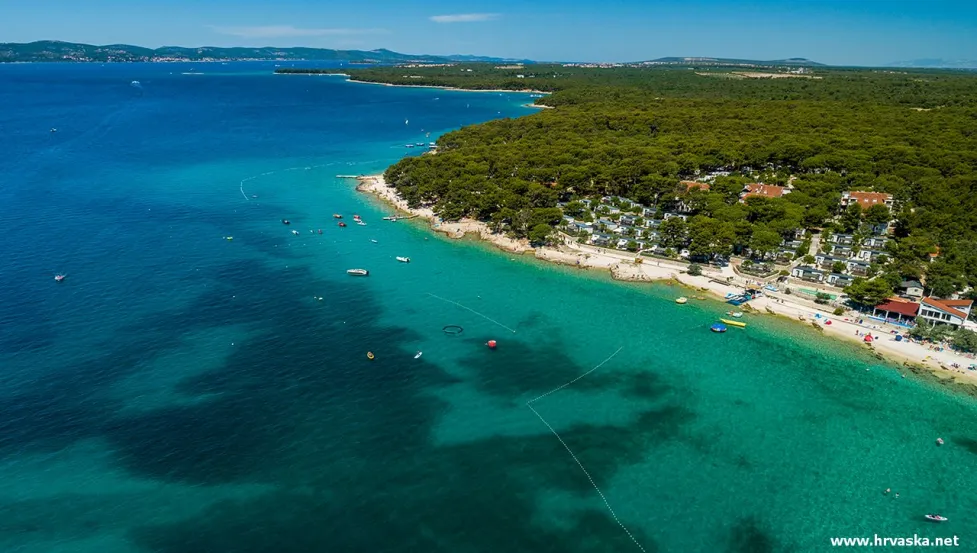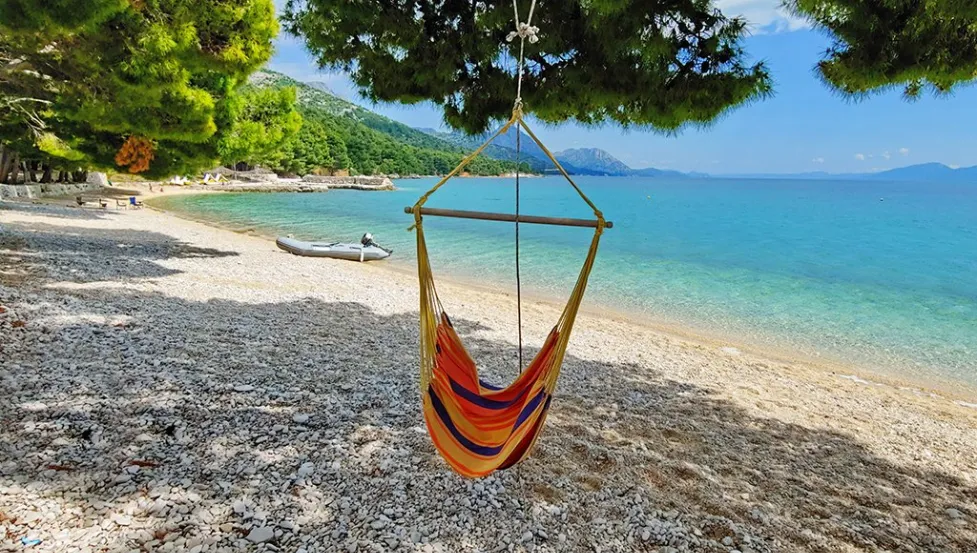Porec
Porec, old city is located on peninsula, one of the most beautiful Istrian tourist city, hotels porec, apartments porec, holidays porec, Istria, Croatia
Porec developed on a small symmetrical peninsula long before the arrival of the Histrians, an Illyrian tribe. Today the centre of the old city is located on this small peninsula. With the arrival of the Histrians the area surrounding the present-day city was settled, and thanks to a naturally protected harbour the construction of a harbour-centre was enabled and Porec could develop unhindered. Preserved records by Ancient Greek historians and geographers from the 6th and 4th centuries BC mention a small fishing village, and archaeological findings tell us of the homes of the people of the time.
A Roman settlement was constructed around the 2nd century BC which, with the natural harbour, developed into a military fort over time. The silhouette of a city is visible in the geometrically symmetrical placement of the streets. The City of Porec has preserved this appearance with the main streets Cardo Maximus and Decumanus as well as the centrally located Forum. Porec was granted city or municipio status, during the first half of the 1st century and was granted the name Colonia Iulia Parentium.
During Roman rule in the area of Porec, in the 3rd century the first bishop of Porec, Bishop Mavar, was a victim of one of the Christian persecutions. After a cruel martyr's death the Bishop was declared a saint and the City's patron.
Since then and until the present day Porec has maintained its status as a diocese. In the 4th century an early Christian cathedral was built at the place where Bishop Mavar suffered his martyrdom. One hundred years later it was renovated and in the 6th century Bishop Euphrasius ordered the construction of a basilica - this basilica is today considered a famous building and is a true architectural treasure. Since 1998 it has been an UNESCO protected site.
Slavs settled in Istria, Porec and its surrounding area in the 7th century. Porec had a city-government as early as the 12th century and the first City Statute dates from around the year 1250. The longest ruler in Porec was the Venetian Republic which ruled for about five hundred years. With the fall of Venice Porec came under Austrian rule, and quickly after in 1805 came under French administration after Napoleon's conquest. From 1815 to 1918 Porec came under Austrian rule once more. The City's reputation grew when the Austro-Hungarian Monarchy declared Porec the capital city of Istria and made it the seat of the regional government and the location of the Istrian Parliament.
Up until the middle of the 20th century a number of governments, monarchs and states changed hands. The area of Porec was ruled by Ostrogoths, was the seat of Frankish rule, Aquileian Patriarchs, the Venetian Republic, Austria, Napoleon's Illyrians and the Kingdom of Italy. In 1943 Porec and the rest of Istria were joined to Croatia, a constituent state of Yugoslavia which in 1990 became an independent state.
Porec’s Historical Heritage
Porec’s richness is measured by its historical heritage, deeply rooted in this area for thousands of years. The priceless city centre, located on a small peninsula submerged in the sea. Its foundations were put in place during the time of the rule of the Roman Empire. From then until now the symmetrical geometric layout of the streets has been preserved, the along the length of Decumanus and transverse Cardo Street.
The priceless Euphrasian Basilica, was built in the 6th century and its value has been recognised by UNESCO, the protector of the world’s heritage who in 1997 took this location under its wing. Within the sometime Porec city walls, near the oldest square, Marafor, the fragments of ancient temples are thoughtfully cared for.
The rich treasury of old-city monuments belongs to the Romanic House dating from the 13th century, the House of Two Saints dating from the 15th century and the baroque interior of the Istrian Parliament. As it grew outside the city walls, medieval churches sprung up in the city and the church Lady of Angels, built in the 18th century, rises on Trg Slobode (Freedom Square).





















